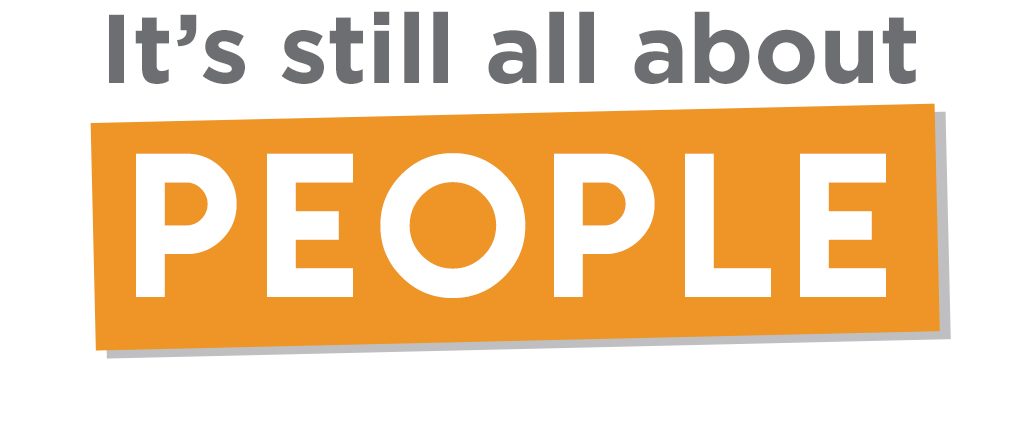4 Steps to Agile Leadership
Most people in business understand that they need to be more agile in how they work and lead, but don’t always know how to go about do it. According to McKinsey’s “To build and lead an agile organization, it’s crucial that senior leaders develop new mind-sets and capabilities to transform themselves, their teams, and the organization.” Leaders need to be more agile to enable their teams to navigate their roles, particularly in the midst of disruptive change as we are experiencing now. This article shares key steps on how you can develop your agile leadership skills.
95% of surveyed* managers and above said that agility is more important to their organisation’s success now than it was 5 years ago.
*John Wiley & Sons, Inc. 2020 Agile Organisation Survey Results.
Thinking differently about leadership
Even before the pandemic, there was an ever increasing need to think differently about how we work and how we lead our teams. For example, the way in which technology has impacted on our work. Zoom has always been there but the way we now use it to communicate with our teams and clients has accelerated dramatically. We can no longer rely on simply watching what people do to manage our teams. Leadership has shifted towards enabling productive and motivated employees in a changing and hybrid work environment.
Let’s face it. Even with the change in work environments, business today is still centred around people being collaborative, engaged, and innovative. And whilst you can be under the pump to achieve deadlines with a long to-do list piling up on your desk, as a leader it is important to remember that it is your people who can make things happen. All teams are created with a purpose in mind, and clarity and communication are what drives team performance. The agile leader prioritises leading and motivating their team towards the end goal.
Four steps to leading change
So, what can you as a leader do to deal with the challenges of a constantly changing environment, when you have a diverse group of people that all need different approaches? Here are four steps that can be considered:
1 Understand who you are
Self-awareness is a cornerstone principle in emotional intelligence. The more you understand yourself the better you’re able to see your blind spots and change your tack when working with others. Self-aware leaders know how to reflect on their own behaviour and can recognise when they need to adapt their approach to get the best outcomes from their people. As a starting point, you need to know your natural strengths and behaviours before you attempt to modify them in different situations and for different people.
2 Identify the outcome you want
It’s important to think about the end goal in everything. If we don’t know where we’re going, how will we know when we get there? When you need to lead your team in a certain direction, be as clear as you can. What do you want to achieve for the business, and what role does your team play in getting there? Consider a specific person on your team. What approach is going to best work for them? Do you need to be more outgoing with them to improve the relationship or, perhaps more resolute to keep them focussed?
3 Prepare your course of action
Being prepared for shifts and changes in direction is key to agility. And this applies to your approach with people too. Have you noticed how some people seem to ‘get it’ instantly and are able to get straight on with the job? Others may flounder and need more guidance before they get into the rhythm. If you need to have a tough conversation, or “rally the troops” to push through a particularly busy and stressful situation, plan how you might best deliver your message. Step beyond what you might normally do. Think about the people you’re wanting to get the best from and how to structure your message differently for maximum impact.
4 Practice, Practice, Practice.
To improve your responsiveness and agility as a leader keep practising different approaches. Be especially brave with those that are outside your comfort zone such as being more dynamic in your conversations or more objective in your decision making. This will set you up for better conversations with your team. It will likely feel clunky and awkward to begin with, but as with anything new, it becomes more comfortable as time goes on and that’s normal when you’re doing something that is a stretch for you.
In summary, agile leadership sets you, your team and your business up for success, particularly in dynamic times. The more skilled you become in working with a wide variety of approaches and mindsets, the more responsive you can be to the changes that arise. Whilst the future is full of lots of unknowns, change is the one thing we know that will prevail. Prepare for change and keep practising different approaches. This is the secret to becoming a more agile leader.
At Howardco we are passionate about helping our clients build sustainable, profitable businesses powered by high performing teams and this starts with agile leadership. Contact us today to enquire how we can help you and your team build an agile culture in your organisation.

More Agile People = More Agile Organisation
Everything DiSC® Agile EQ™ is the perfect tool for any business wanting to succeed in an uncertain and complex world. Download the AgileEq™ eBook from here.



















